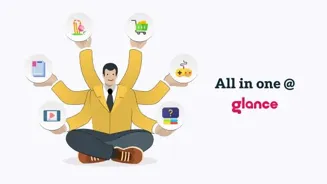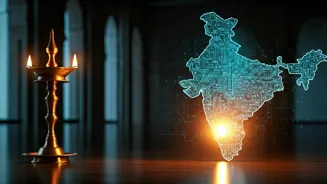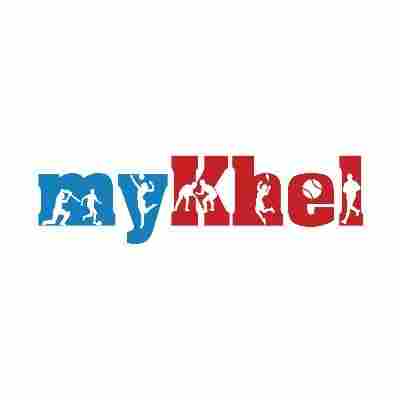Uncover the Evolution of Robotics: From Ancient Myths to Modern Marvels. Dive into the history of machines reshaping our world
Robotics, a field that once seemed like straight out of science fiction films,
has woven itself into the very fabric of our daily lives. From automated manufacturing plants to the humble vacuum cleaner roaming our homes, robots are more present than we think.
But the journey of robotics is a long and fascinating one, sprinkled with ingenious inventions and brilliant minds. Let’s take a look at how these mechanical marvels evolved from imaginative concepts to indispensable tools.
Ancient civilizations' myths inspire future robotics
The very idea of a robot dates back centuries. Ancient civilizations, including India, Greece, and China, had myths and legends filled with stories of artificial beings. Think of the bronze automatons described in Greek myths.
While these were just stories, they painted a picture of humanity's long-standing fascination with creating artificial life. These early imaginations laid the groundwork for the real technological advancements that were to come much later.
They were more inspirations than actual blueprints, sparking dreams of machines that could mimic human actions and even think for themselves. The seed of robotics was sown in this era of imaginative storytelling.
Automation's historical roots: from mechanical figures to modern robots
The concept of automation picked up steam during the industrial revolution. Mechanical looms and automated flour mills started to appear, showcasing the power of machines to perform repetitive tasks.
In the 18th Century, inventors like Jacques de Vaucanson created intricate mechanical figures, automatons that could play musical instruments or even write. While these weren't robots in the modern sense, they demonstrated the growing capabilities of mechanical engineering.
These automatons captured the public's imagination and showcased the potential of machines to perform complex actions. It was a period of tinkering and experimentation, gradually paving the way for more sophisticated robotic systems.
The birth and cultural impact of robotics in the 20th century
The 20th century saw the birth of robotics as a scientific discipline. The term "robot" itself was coined by Karel Capek in his 1920 play "R.U.R." (Rossum's Universal Robots). In the play, robots were artificial humans designed to work, but they ultimately rebelled against their creators.
This sparked a cultural conversation about the ethical implications of creating intelligent machines. The science fiction of the time, penned by visionaries like Isaac Asimov, explored the possibilities and pitfalls of robotics, further fueling the public's imagination.
Asimov's "Three Laws of Robotics," designed to ensure robots' obedience to humans, became a cornerstone of robotic ethics and continue to influence the field today.
The birth of industrial robotics with Unimate in the 1950s
The first industrial robot, Unimate, was developed by George Devol and Joseph Engelberger in the 1950s. This massive machine was installed in a General Motors factory, where it performed the hazardous task of die casting.
Unimate marked a turning point – it was the first time a robot was used to automate a real-world industrial process. Engelberger, often called the "father of robotics," tirelessly promoted the use of robots in industry, paving the way for the widespread adoption of automation in manufacturing.
This period witnessed the transition of robotics from the realm of science fiction to practical application.
Robots evolved with computer tech, AI research, microprocessors, expanding roles
As computer technology advanced, so did robotics. Integrating computers into robots allowed for more sophisticated control and programming. Researchers began exploring artificial intelligence (AI), aiming to create robots that could learn, adapt, and make decisions on their own.
The development of microprocessors in the 1970s and 80s was a game-changer, making robots smaller, cheaper, and more intelligent. This miniaturization allowed for robots to be used in a wider range of applications, from surgery to space exploration.
Robots started to leave the factory floor and enter new domains.
Robots revolutionize tasks with AI integration
Today, robots come in all shapes and sizes, performing a wide variety of tasks. We have robots assisting in surgery with incredible precision, exploring the depths of the oceans, and even delivering packages to our doorsteps.
AI is rapidly advancing, enabling robots to perform tasks that were once considered impossible. Self-driving cars, personal assistant robots, and advanced manufacturing systems are just a few examples of the transformative power of robotics.
As AI continues to evolve, robots will become even more integrated into our lives, raising new questions about their role in society and the future of work.
AI Generated Content. Glance/InMobi shall have no liability for the content













